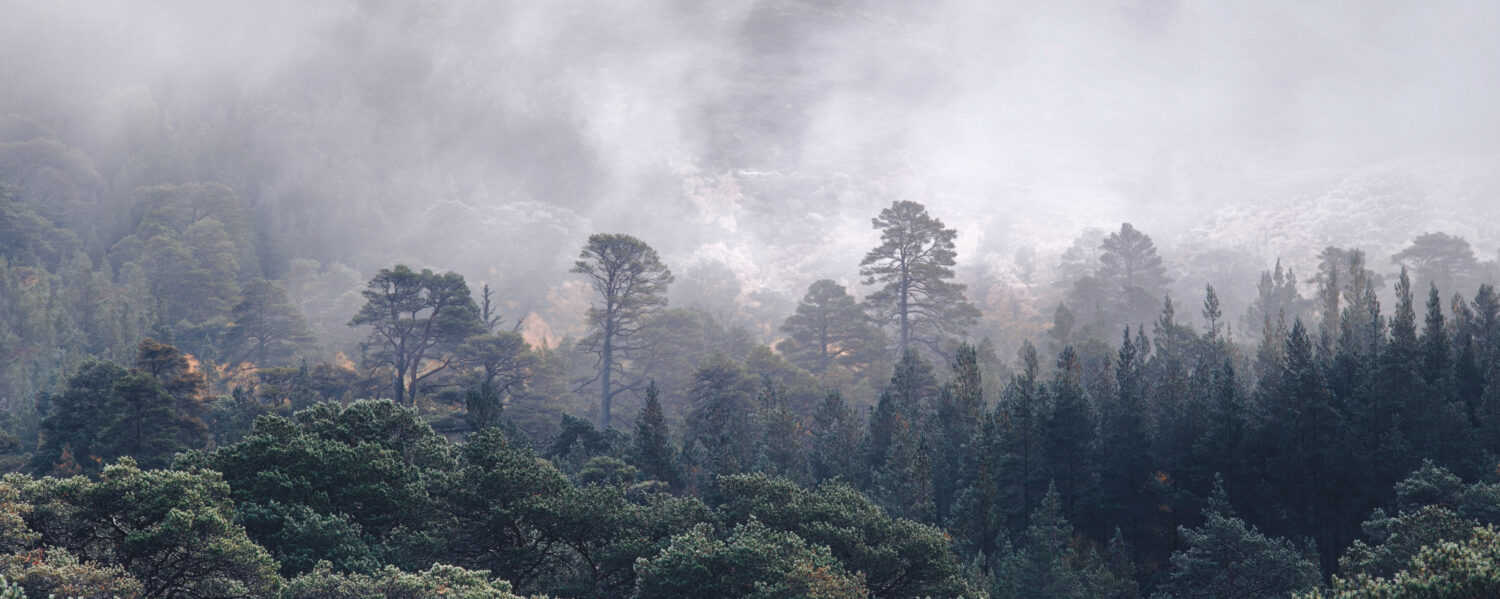Link to details of
internal competitions
external competitions
FIle types and sizes
In general, all digital images for projection must be saved as JPEGs, sized to within a maximum of 1600 pixels in width by a maximum of 1200 pixels in height. A standard 4:3 image in horizontal orientation should therefore be within 1600 x 1200, but a 4:3 image in vertical orientation should be within 900 x 1200. A square image should be within 1200 x 1200.
Exception: For the 4-Way Battle in 2024, the sizing of digital files is limited to 1400 x 1050.
Exception: For the Nan Borthwick Salver competition (three images linked by a connecting theme of style, content or both), when run in digital form (not prints), the three images should be accompanied by a composite image, showing the arrangement of the three, in a fourth file, max size 5000 x 1500.
In advance, the judge will therefore be able to consider three images separately as they would with prints; on competition night, we will also be able to view the three together as we would if the prints were displayed on an easel for an audience.
If anyone needs help with the compositing, please ask.
For the Simpson Cup competition, digital audio-visual presentations must be saved in either MP4 or MOV (Quicktime) file formats; maximum quality should be FullHD (1080p25).
File naming
For all digital competitions, files must be named as follows:
– Priority level (outlined in the general guidelines)
– underscore
– Your membership number, as a two digit number (7 becomes 07, but 13 remains 13)
– underscore
– Image title (no need for underscore between words of the title)
For example:
A_07_Photophrolics.jpg
B_13_Phrantic Photons.jpg
How to send your images
Email your images to the relevant competition secretary on or by the hand-in date.
Alternatively, copy the files to a blank memory stick and hand it to the relevant competition secretary on or by the hand-in date. It is a good idea to write your name or initials on the stick.
Intenal competitions
Email to: int-comps@perthshirephotographicsociety.org.uk.
- Main Cup
- Grant Cup
- Simpson AV – files are likely to be too large to email, and can be sent to the above address via wetransfer.com or similar ftp service.
- Dall Cup
External competitions
Email to: ext-comps@perthshirephotographicsociety.org.uk
- Four-Way Photographic Competition
- SPF Digital Championship
- SPF Portfolio
Resizing
Resizing Digital Images in Photoshop and Elements
First, ensure the “Constrain Proportions” box is checked. This way, whatever happens with the image size, it will retain the same aspect-ratio.
For a landscape orientation image, type 1600 into the width and the height will follow suit.
For a portrait orientation image, type 1200 into the height and the width will follow suit.
It is probably best to use “Bicubic Sharper” for resampling (but feel free to experiment).
More help can be found in the SPF guidance.
In Lightroom simply select Width and Height in the Export dialog and enter width 1600 and height 1200 pixels. This works for all aspect ratios. Quality 80 is fine.
Some notes on resolution (DPI)
This is not important for digital submissions because the SPF rules stipulate a number of pixels.
For those who are interested, pixels per inch (ppi) only becomes relevant when you have both pixels (px) and inches (in); that is, you are printing or displaying on a medium of a particular physical size.
The relationship between the numbers is
- ppi = width(px) / width(in)
or equivalently
- width(in) = width(px) / ppi
When holding an A4 print at arm’s length, the human eye is capable of resolving about 300ppi.
For example: a 6000 x 4000px (24-megapixel) image may be printed at 20 x 13.33 in at 300pppi.
